The greatness of a nation and its moral progress can be judged by the way its animals are treated.
A Call to Action
E arly in 2007, in response to customer complaints that their pets were getting sick from bad food, a Canadian pet food manufacturer, Menu Foods, ran a controlled test. Twenty-five cats and fifteen dogs were given the Menu product; in short order, nine cats and one dog died. This prompted a call to the U.S. Food and Drug Administration in mid-March and the immediate recall of sixty million cans and pouches of dog and cat food that had originated at the Toronto plant. Suspicion centered on wheat gluten, a protein source and binder found in many pet foods. Menu had only recently changed suppliers for the gluten, and it was believed that the new supplier, based in China, had provided gluten contaminated with melamine, a chemical used in making plastic cutlery and also used in fertilizer.
It was not only the poor animals involved in the controlled test that were affected.
Q: In light of the pet food recall, should I stop feeding my dog commercial pet food?
A: There are a few good commercial pet foods out therelook for ones that have not been recalled and that have human-quality meat and whole grains. They are okay, but home-cooked is ideal.
Soon, there were reports that as many as 3,200 pets had died from tainted food, mostly due to kidney failure; another 6,000 were said to have become ill. The recall involved pet foods from more than one hundred separate brands, as Menu was the provider of pet food components to several centralized processing plants, including two in the United States. In fact, Menu Foods makes private-label pet food for seventeen of the top 20 North American retailers, including Kroger, Safeway, and Wal-Mart.
But the recall was by no means confined to cheaper, mass-market brands: also pulled off the shelves were top-of-the-line brands like Iams and Eukanuba. Pet owners were understandably worried, and remain so. Since the original recall, melamine has been found in rice gluten and corn gluten, and the recall has broadened. Pet lovers around the country are very, very worried, not to mention angry:
 What have I been feeding my pet?
What have I been feeding my pet? What can I feed her now?
What can I feed her now? Whats gone so wrong?
Whats gone so wrong?
My mission with this book is to help guide you through these uncertain times. I offer you my experience, my education and my lifelong passion for pets. Together, lets change the way we think about how we feed our beloved pets, and how we prepare for the future.
Joan Weiskopf
May 2007
F amily lore has it that when I was about a year oldbefore I had even taken my first stepI stood up out of my stroller and walked directly over to a big white fluffy dog and gave a toddlers hello. Apparently, the big white fluffy dog (which I now know was a Great Pyrenees) greeted my wobbly approach with benign amusement.
Good doggie!
Thus began my life-long fascination with animals. Fifty years later I am still in thrall to our four-legged friends; in fact, I remain particularly enamored of big white fluffy dogs, as professionally I breed, train, and show Bedlington terriers, who are fluffy and white, although nowhere near the size of my first Great Pyrenees friend.
My early years were spent in the busy New York City borough of Queens. Our family moved when I was three to New Rochelle, a quiet bedroom community with large houses, wide, tree-lined streets, and plenty of backyards. I got a new little brother I loved but no dog, and one of my earliest memories is that I set about to change that. I tried to adopt about every neighborhood mutt I could sweet-talk into my company. One dayI couldnt have been more than four or fivea cocker spaniel named Georgia and I ran away from home. Every policeman in the area was on alert to pick me up and take me back to my parents. And they did. More than once. I dont remember where I wanted to go. I wasnt unhappy. I just knew I was happiest when wandering around in the company of my sweet canine neighbor, Georgia.
When I was about twelve we finally got our own dog, a miniature poodle named Jiffi. We named her Jiffi because I was Joan, Mom was Janet, Dad was Jesse, and my brother was Jay. It had to be a J.
Q: Should I stop feeding my cat commercial pet food immediately?
A: No pet diet should be changed suddenly. All change should be gradual7 to 10 days for a complete change.
For all intents and purposes, Jiffi was mine. I had been relentless in wanting to get a pet, and it was a reward for something commendable I did but that is now lost to memory. Perhaps I cleaned my room. (Unlikely.) In any event, the dog was my responsibility. The dogs your responsibility, Joanie, my mother would say. But she didnt have to remind me often.
Unlike many other teenagers, I fulfilled my responsibilities to Jiffi loyally, faithfully, happily.
I loved that dog.
Myth
The older the pet, the less protein it needs.
The Truth: Older dogs and cats actually need more protein, as the body becomes less efficient throughout the aging process. What is needed is higher quality protein with easier digestibility and better bioavailability of nutrients.
Much of what I learned about dealing with pets I learned early:
Listen to them.
Watch them.
Learn about them.
Feed them well.
Feeding back then (the late 1950s) was much different from today. Most people treated their pets as an additional household member, as they do now, and they fed them accordingly. There wasnt much specialty foodpet foodavailable. The grocery store aisles were not lined up with dog and cat food.
We fed them from our kitchens.
I remember my mother going to the butcher shop once a month to stock the family freezer with meat. After ordering everything we neededchops and roasts and fryers and sausages and steaksshed ask for some dog meat. The kindly butcher would then produce a log of ground, frozen trimmings from his walk-in freezer. How much, Maam? the butcher would ask, poised with his saw in the air. My mother would order several 1-pound chunks sawed from the log, and that would be the main food source for Jiffy for a good month, complemented by table scraps and whatever else she could talk people into giving her.
In 1968 I went to college at the University of Illinois to study pre-veterinary medicine. I loved the work and the science and the prospect of working with dogs and cats (I also loved cats), but unfortunately, the administrators at the vet school did not look kindly on women entering the program. It may come as a surprise to many, but back then, most vet programs were for guys, and they centered on what I call chain food medicine, that is, large-animal veterinary practice. Small-animal disciplines were mostly an aside.
Needless to say, I switched majors, to fine arts, mostly metalworking and jewelry design. I felt these made for more practical career choices, given the hippie 1960s and the reality then of the vet school landscape, as it had related to me in no uncertain terms. I graduated from Illinois with dual degrees in fine arts and medical illustration in 1972 and went on to Rochester Institute of Technology, where I earned a masters degree in teaching. I worked in the jewelry industry for many, many years.

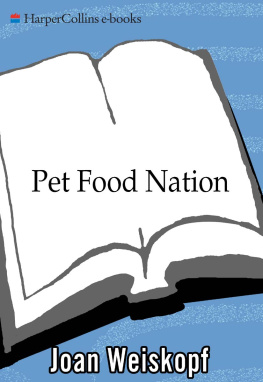

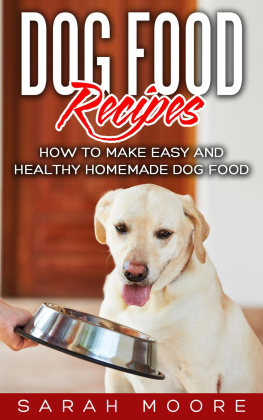
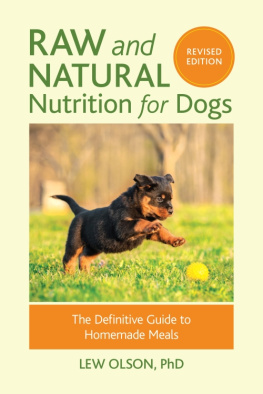
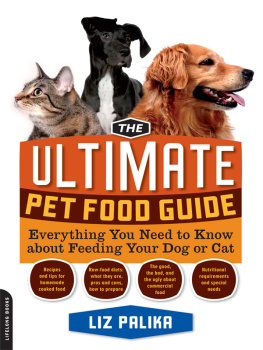
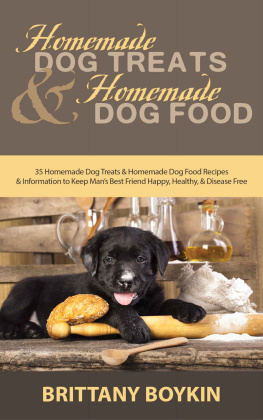
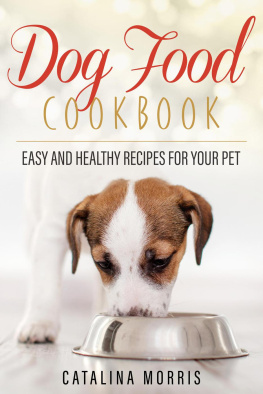

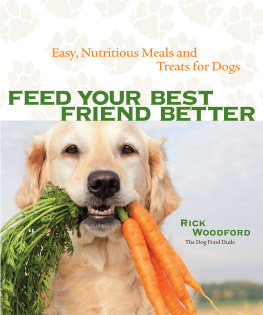

 What have I been feeding my pet?
What have I been feeding my pet?